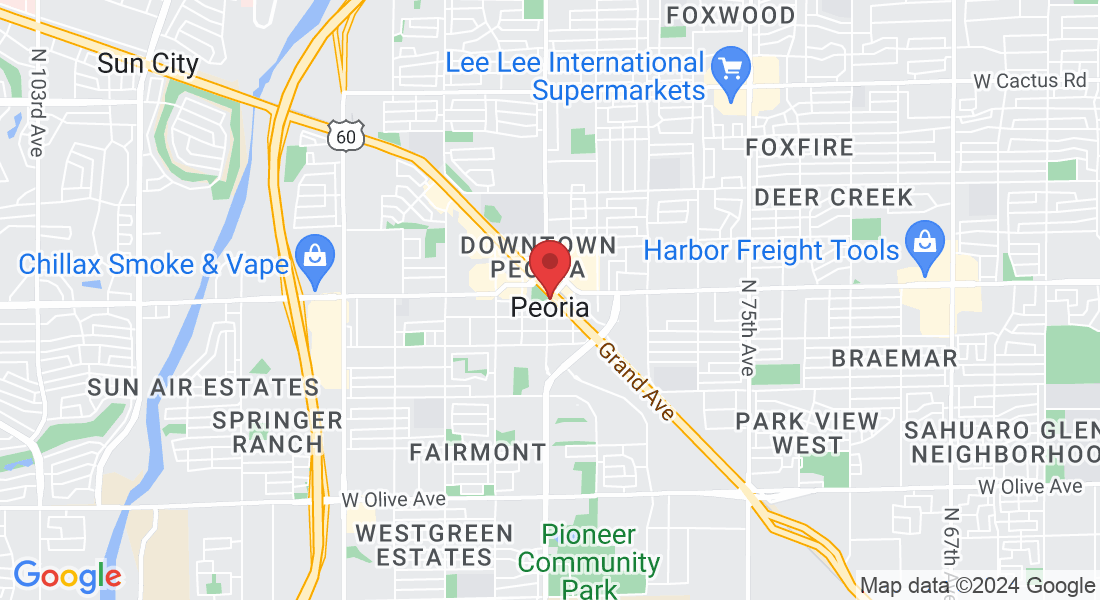Our Blog

How Small Businesses Can WIN the Ad Auction War Without Breaking the Bank
""It's not just about spending money on ads; it's about investing smartly to turn every dollar into a story of success. Remember, in the world of advertising, wisdom is more valuable than wealth." - Neil Patel
How Small Businesses Can Win the Ad Auction War Without Breaking the Bank!
Don't have time to read? LISTEN HERE
Absolutely, you will spend money on ads! It's how you strategize that makes the difference.
Imagine you're at an auction, where you're trying to buy a beautiful painting that several others also want. Everyone keeps bidding higher because they all want that painting, and the price keeps going up. That's similar to how competitive bids work in the world of digital ads.

In the world of paid search and social ads, you're not bidding on paintings, but on keywords or ad placements. These are the spots where you want your ads to show up, so when potential customers search for something related to your business or browse their social feeds, they see your ads.
Now, if the keyword or ad placement you're targeting is very popular, meaning lots of other businesses also want to show their ads there, the "auction" gets competitive. Everyone is trying to outbid each other to grab that prime spot. Just like at the art auction, this drives the price up.
For a small business, this means if you're targeting very popular keywords or placements, your costs can quickly add up. It's like trying to buy the most popular toy during the holiday season; it's in demand, so it's pricier.
But don't worry! It's not all about outspending everyone else. It's about being smart. You can look for less obvious keywords or ad spaces that your customers still care about but aren't as crowded. Think of it like finding a hidden gem at a flea market that others have overlooked, but which is just as valuable to you.
By focusing on these less competitive areas, you can stretch your ad dollars further and still reach your potential customers. It's about being strategic and understanding where you can get the most value for your money, rather than getting caught in a bidding war on the most popular keywords or placements.
So, as a small business owner, think of your ad spend as an investment. By targeting wisely and avoiding overly competitive (and therefore expensive) areas, you can maximize the return on your investment, reaching more potential customers without breaking the bank.
Here are the top 5 ways to save money on ad spend:
1. Target Long-Tail Keywords: Instead of competing for the most popular keywords, target specific, long-tail keywords that are more relevant to your niche. These keywords are less competitive, cost less, and can attract more qualified traffic.
2. Improve Quality Score: For platforms like Google Ads, focus on improving your Quality Score by optimizing your ad copy, landing pages, and click-through rates. A higher Quality Score can lower your cost per click and improve your ad positioning.
3. Leverage Retargeting: Retargeting allows you to show ads to people who have already visited your website but didn't convert. Since these individuals are already familiar with your brand, retargeting can be more cost-effective and yield higher conversion rates.
4. Utilize Geotargeting: Narrow your ad campaigns to target specific geographic locations where your audience is more likely to be. This ensures you're not wasting money on impressions and clicks from regions unlikely to convert.
5. Monitor and Optimize Regularly: Regularly review the performance of your ad campaigns. Pause underperforming ads, adjust your bidding strategies, and test different ad creatives. Continuous optimization ensures your ad spend is always directed towards the most effective campaigns.
Blog & Articles

How Small Businesses Can WIN the Ad Auction War Without Breaking the Bank
""It's not just about spending money on ads; it's about investing smartly to turn every dollar into a story of success. Remember, in the world of advertising, wisdom is more valuable than wealth." - Neil Patel
How Small Businesses Can Win the Ad Auction War Without Breaking the Bank!
Don't have time to read? LISTEN HERE
Absolutely, you will spend money on ads! It's how you strategize that makes the difference.
Imagine you're at an auction, where you're trying to buy a beautiful painting that several others also want. Everyone keeps bidding higher because they all want that painting, and the price keeps going up. That's similar to how competitive bids work in the world of digital ads.

In the world of paid search and social ads, you're not bidding on paintings, but on keywords or ad placements. These are the spots where you want your ads to show up, so when potential customers search for something related to your business or browse their social feeds, they see your ads.
Now, if the keyword or ad placement you're targeting is very popular, meaning lots of other businesses also want to show their ads there, the "auction" gets competitive. Everyone is trying to outbid each other to grab that prime spot. Just like at the art auction, this drives the price up.
For a small business, this means if you're targeting very popular keywords or placements, your costs can quickly add up. It's like trying to buy the most popular toy during the holiday season; it's in demand, so it's pricier.
But don't worry! It's not all about outspending everyone else. It's about being smart. You can look for less obvious keywords or ad spaces that your customers still care about but aren't as crowded. Think of it like finding a hidden gem at a flea market that others have overlooked, but which is just as valuable to you.
By focusing on these less competitive areas, you can stretch your ad dollars further and still reach your potential customers. It's about being strategic and understanding where you can get the most value for your money, rather than getting caught in a bidding war on the most popular keywords or placements.
So, as a small business owner, think of your ad spend as an investment. By targeting wisely and avoiding overly competitive (and therefore expensive) areas, you can maximize the return on your investment, reaching more potential customers without breaking the bank.
Here are the top 5 ways to save money on ad spend:
1. Target Long-Tail Keywords: Instead of competing for the most popular keywords, target specific, long-tail keywords that are more relevant to your niche. These keywords are less competitive, cost less, and can attract more qualified traffic.
2. Improve Quality Score: For platforms like Google Ads, focus on improving your Quality Score by optimizing your ad copy, landing pages, and click-through rates. A higher Quality Score can lower your cost per click and improve your ad positioning.
3. Leverage Retargeting: Retargeting allows you to show ads to people who have already visited your website but didn't convert. Since these individuals are already familiar with your brand, retargeting can be more cost-effective and yield higher conversion rates.
4. Utilize Geotargeting: Narrow your ad campaigns to target specific geographic locations where your audience is more likely to be. This ensures you're not wasting money on impressions and clicks from regions unlikely to convert.
5. Monitor and Optimize Regularly: Regularly review the performance of your ad campaigns. Pause underperforming ads, adjust your bidding strategies, and test different ad creatives. Continuous optimization ensures your ad spend is always directed towards the most effective campaigns.
Post Address and Mail
Email: [email protected]
Address
Mail: 7558 W Thunderbird Rd
STE 1-623 Peoria, AZ 85381
Get In Touch
Assistance Hours
Mon – Fri 9:00am – 5:00pm
Saturday – CLOSED
Sunday – CLOSED
Phone Number:
602-854-9823
Mail: 7558 W Thunderbird Rd
STE 1-623 Peoria, AZ 85381
Call
602-854-9823
Email:[email protected]
Site: www.bizMelio.com


